What it was like: Cyclone Tracy
Patricia Collins was a young woman serving her country when Cyclone Tracy hit Darwin.

When I was in grade 5, my sister Sandra joined the WRANS: Women’s Royal Australian Naval Service. She wore her uniform when she came home on leave and she looked so wonderful that I immediately decided to join up too when I grew up - and that’s what I did, signing up on February 23, 1973, aged 17, straight after matriculating from high school.
The previous year, 1972, had been momentous. We were thrilled to see American Mark Spitz win seven gold medals in swimming at the Munich Olympics. But then we were horrified when Palestinian terrorists murdered an Israeli coach and athlete in the Olympic Village, and took nine other Israeli athletes hostage, before killing them too. Australian troops were still involved in the Vietnam War. The US president, Richard Nixon, was embroiled in the Watergate scandal. Ageing hippies were still singing Kumbaya. Flared trousers and platform soles replaced kaftans. Gough Whitlam replaced William McMahon as Australia’s prime minister.
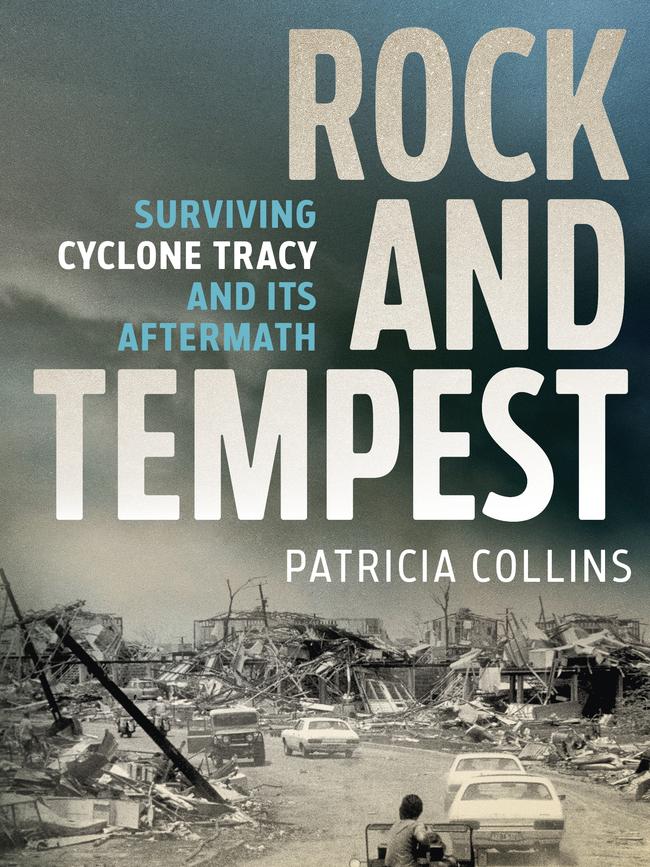
Who knew what 1973 would bring? It started well for me as I travelled by train, an old rattler, from my home town of Rockhampton to Brisbane, where we Queensland WRAN recruits were sworn in. We were all strangers from various towns in Queensland and were on our best behaviour. All this would change over the next few weeks as we all got to know one another, relaxed and let our personalities shine.
When our training finished, we felt ready to take on the world. I was to have a couple of weeks’ leave in Rockhampton, and then travel to Darwin to undertake watchkeeping duties. I could hardly wait to get going. Then, on Christmas Eve 1974, Cyclone Tracy hit. By dawn on Christmas Day, at least 50 people were dead, 17 were lost at sea, hundreds injured and approximately 45,000 people were homeless.
I was one of about 90 WRANs based at HMAS Coonawarra, a Royal Australian Navy shore base on the outskirts of Darwin. The cyclone destroyed our headquarters at HMAS Melville. One navy patrol boat was sunk, with the loss of two crewmen, and another patrol boat beached on rocks. One sailor lost his wife and two children, and another lost his young son. Most of us were left with only the clothes we were wearing and we had no electricity, running water or sanitation. My friends and I had started our service in the WRANS with enthusiasm and youthful high spirits. We had no idea that we would endure one of the most devastating natural disasters in our country’s history and take part in Operation Navy Help Darwin, the Royal Australian Navy’s greatest effort to relieve suffering caused by a weather event.
In the first few months after Cyclone Tracy devastated Darwin, those of us who had been there were asked: “What was it like?”
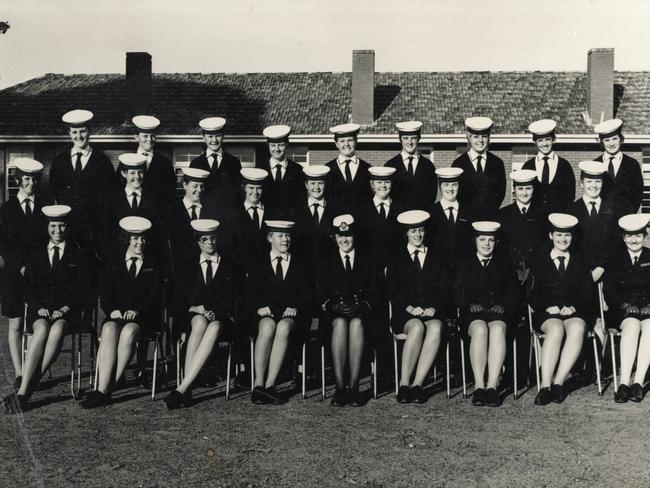
At first, many of us tried to explain but people couldn’t understand. We were met with incomprehension and often disbelief. “You had to be there,” became a standard fallback.
“It” was too hard to describe. “It” was too big, too complicated, too overwhelming, too distressing, too heartbreaking and too inspiring to put into words. We clammed up.
Years passed, and while we talked about having been in Darwin during Cyclone Tracy, and working on the clean-up, few of us spoke in any detail about those experiences. Our memories were hard to relive, but I thought they were important. I thought there should be a record of our part in such a historic event in Australia’s history.
In 2013, my dear friend Ruth Turnbull and I spent a weekend together before she passed away after a long and courageous battle with cancer. We set up a recorder on the table beside us and chatted for hours about our life in the WRANS while Ruth’s wonderful husband, John Clarke, brought us endless cups of tea.
We laughed about all the antics we had gotten up to. We cried over Cyclone Tracy and the effect that working on the clean-up had on us and our friends. We cried with mirth again, recalling our subsequent misadventures.
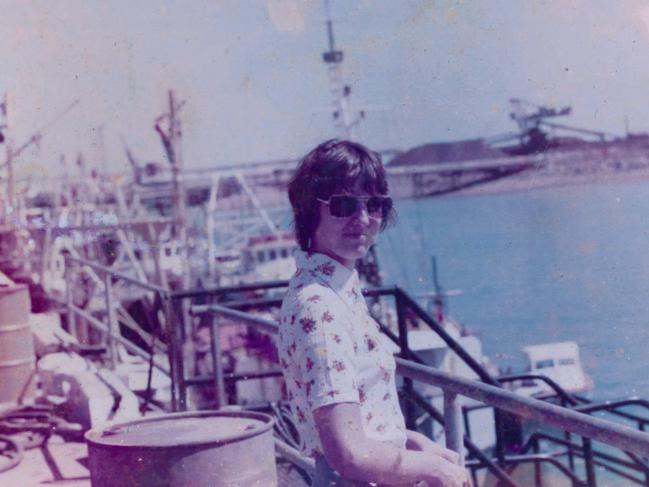
Ruth and I knew that everyone who had been in Darwin at the time would have stories worth telling too. What was being done about that?
I read a book on the history of the WRANS and only one paragraph mentioned that WRANs were in Darwin when Cyclone Tracy hit. A couple of books on the history of the RAN devoted only three paragraphs to the event and the navy’s response. Something needed to be done.
Australian cattlewoman Sara Henderson once said: “Don’t wait for the light to appear at the end of the tunnel. Stride down there and light the bloody thing yourself!”
Righto. If I wanted a book about the WRANS and the RAN during Cyclone Tracy and the clean-up, then I’d have to write it myself. Writing a book couldn’t be too hard. Lots of people did it. I’d have a red-hot go.
How could a woman of my years and experience have been so naive? This has been yet another one of life’s lessons hard learned.
My mother had saved all the letters I sent to her, and they were excellent memory joggers. I then researched official reports and documents, which provided the bare facts: dates, times, actions and statistics. I quickly realised I would need to confine the book to the RAN’s involvement, as what I knew about the Australian Army and the Royal Australian Air Force could be written on a postage stamp.
After that, I recruited the former WRANs and sailors I’d kept in touch with, so they could contribute their stories. That done, I put out the word for other former naval personnel, their dependants and civilian employees to provide first-hand accounts of Cyclone Tracy and the subsequent Operation Navy Help Darwin.
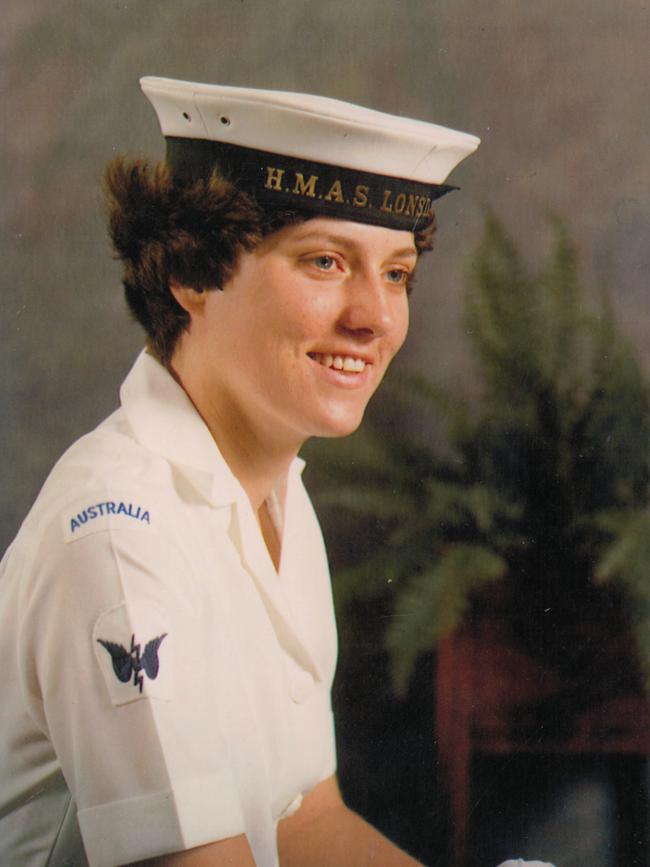
I was able to meet with some of the contributors face to face and record our interviews over cups of tea. Border closures and lockdowns due to Covid-19 made travel out of the question in most cases, and I conducted many telephone interviews in my little study, with my dogs snoring happily under the desk. Other people emailed their stories to me.
Everybody gave their time generously, sharing with me their memories of that extraordinary period in their lives.
Few of the contributors had written about their experiences before. Few had talked in any detail about the cyclone and the clean-up apart from “I was there” or “I worked on the clean-up”.
The official documents, objective reports, have been available online for years from sources such as the Australian War Memorial and the National Archives of Australia.
Now many of us are telling our own stories, providing our subjective human impressions.
After all this time, many memories of the cyclone and the clean-up are hazy. That period of our lives passed in a blur, but some events made an indelible impact.
It isn’t important that we can’t remember dates, times or places precisely; that’s what the official reports are for. What’s important is what we did, what we saw and what we felt. Our impressions and the vivid memories that have stayed with us bring the cold facts to life.
Readers won’t be able to hear the wind sounding like a freight train passing directly overhead. They won’t be able to feel the sting of the rain on their skin or feel the pain of muscles straining and bracing. They won’t smell the rotting food and decaying bodies. After all this time, however, this is our attempt to answer the question: “What was it like?”
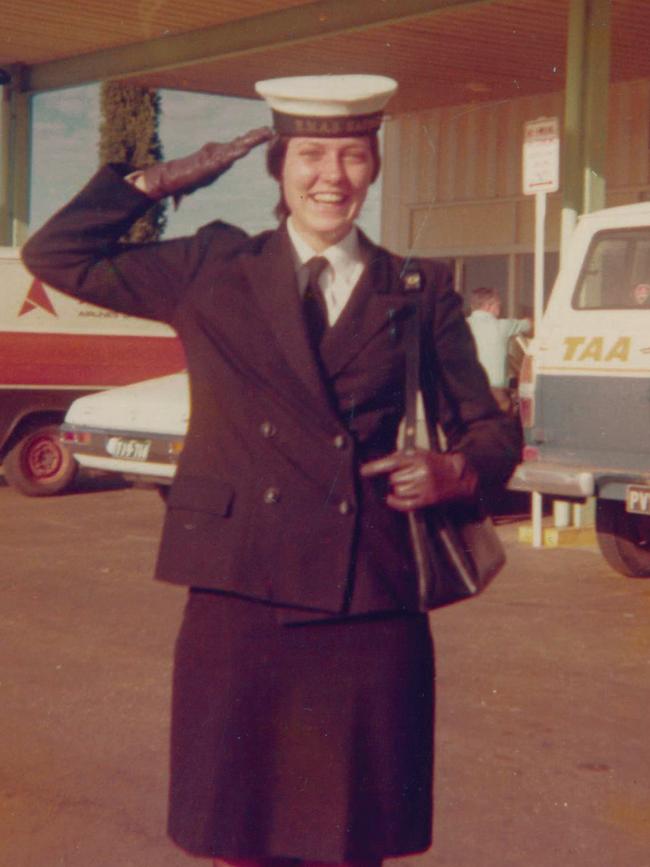
This is an edited extract from Rock and Tempest: Surviving Cyclone Tracy and its Aftermath by Patricia Collins (Hachette)






To join the conversation, please log in. Don't have an account? Register
Join the conversation, you are commenting as Logout